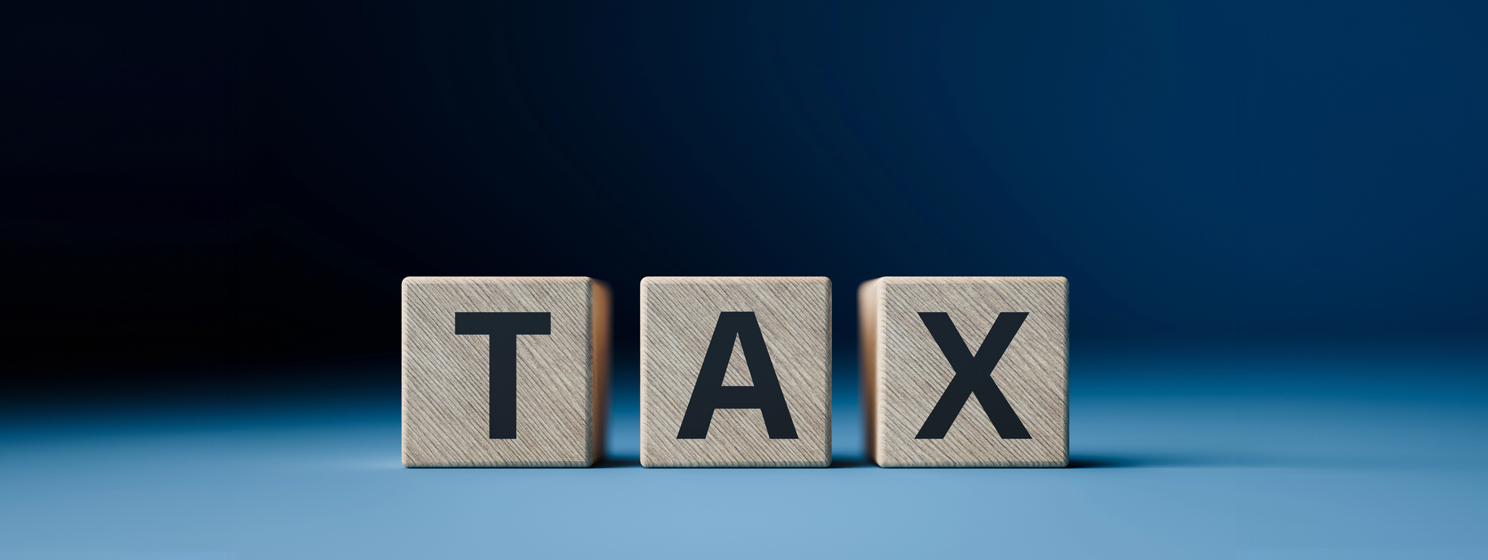|
Getting your Trinity Audio player ready...
|
Earlier this year, a Bitcoin Magazine op-ed introduced the idea of a “hodl tax,” claiming BTC holders need to pull their weight, too.
The op-ed proposes the HODL tax as a way to pay for BTC’s security. “The question becomes how to secure the network (i.e., pay the miners) while HODLing. I believe the answer is to implement a HODL_FEE, which would compensate miners from dormant addresses,” the author says, introducing a sweeping new idea that fundamentally changes BTC (again) with a seemingly reasonable justification.
Shortly after its publication, electronic cash advocate Joel Valenzuela predicted a HODL tax was coming on X. He claimed it wouldn’t happen at the protocol level but via institutions.
Lo and behold, just five months later, Swan Bitcoin announced that Fortress Trust had charged all Swan Personal and Entity accounts an “admin fee” of between $0 and $125. Swan announced it disputed the charge and would move away from Fortress Trust and refund users twice the fee.
However, many wondered about the timing of the recent Bitcoin Magazine article, speculating that it was a clever attempt to raise readers’ minds to get them used to the idea before implementation.
What is the HODL tax?
The HODL tax is a proposed idea that those who stack BTC and don’t transact in it pay for its security via a tax.
While there are multiple ways to potentially implement this, it would be difficult to do at the protocol level. After all, serious protocol changes have caused wars in Bitcoin before. Therefore, if it were going to happen, it would likely be done at the institutional level rather than via a sure-to-be contentious software upgrade.
Fortress Trust is just such an institution. Providing “Web3 financial, regulatory, and technology infrastructure for blockchain innovators,” including custodial services, its ‘admin fees’ would be just what one might expect if the HODL tax were implemented without upgrading the protocol.
Yet another radical change to Bitcoin
It’s yet another example of how small blockers have periodically changed the rules, deviating away from the original Bitcoin protocol and spiraling yet further due to the doomed economics of their Frankenstein invention.
Big block Bitcoiners have long warned that Bitcoin’s security would have to be paid for somehow, either by inflating the coin supply (dubbed a tail emission) or by imposing a tax instead of transaction fees.
Repeatedly, big blockers have explained with exasperation that the small block model goes against Satoshi Nakamoto, who said, “I’m sure that in 20 years there will either be very large transaction volume or no volume.” Satoshi said that because he had always intended Bitcoin to be a peer-to-peer electronic cash system, he designed it so that transaction fees would eventually replace the block subsidy and predicted that nodes would end up in data centers.
The entire reason Bitcoin’s block subsidy diminishes is because transaction fees were supposed to be paid to miners in the long term, but taking transactions off the blockchain via a web of layer 2 solutions like the Lighting Network and sidechains like Liquid starve miners of those transactions and breaks Bitcoin’s economic model.
An arrogant dismissal
Small blockers have always waived this concern away by saying that larger fees would be inevitable, but they’d be paid for by batching transactions and settling them together. Now, we’re seeing the inevitable consequences of this line of reasoning—institutions have to pay to move coins around on the base layer occasionally and pass that fee on to the customers.
Whether it comes from increased custodial fees, random admin charges, or via another method, there’s no escaping reality: BTC security has to be paid for, and with few transactions on the network due to the HODL mindset, it’s going to be via fees or inflation of the coin supply. Why else would miners pay gigantic electricity bills to lend their hash power to a network with ever-diminishing coin rewards as the subsidy halves, halves, and keeps halving?
The HODL tax is yet another radical change to BTC. It does not have a consensus from users and is yet another deviation from the peer-to-peer electronic cash system Satoshi designed Bitcoin to be. Users should reject it and study Bitcoin’s economics, Satoshi Nakamoto’s public writing, and the logic of big block Bitcoin.
Watch: Layer 2 blockchain premise is built on a lie—here’s why

 01-08-2026
01-08-2026 




